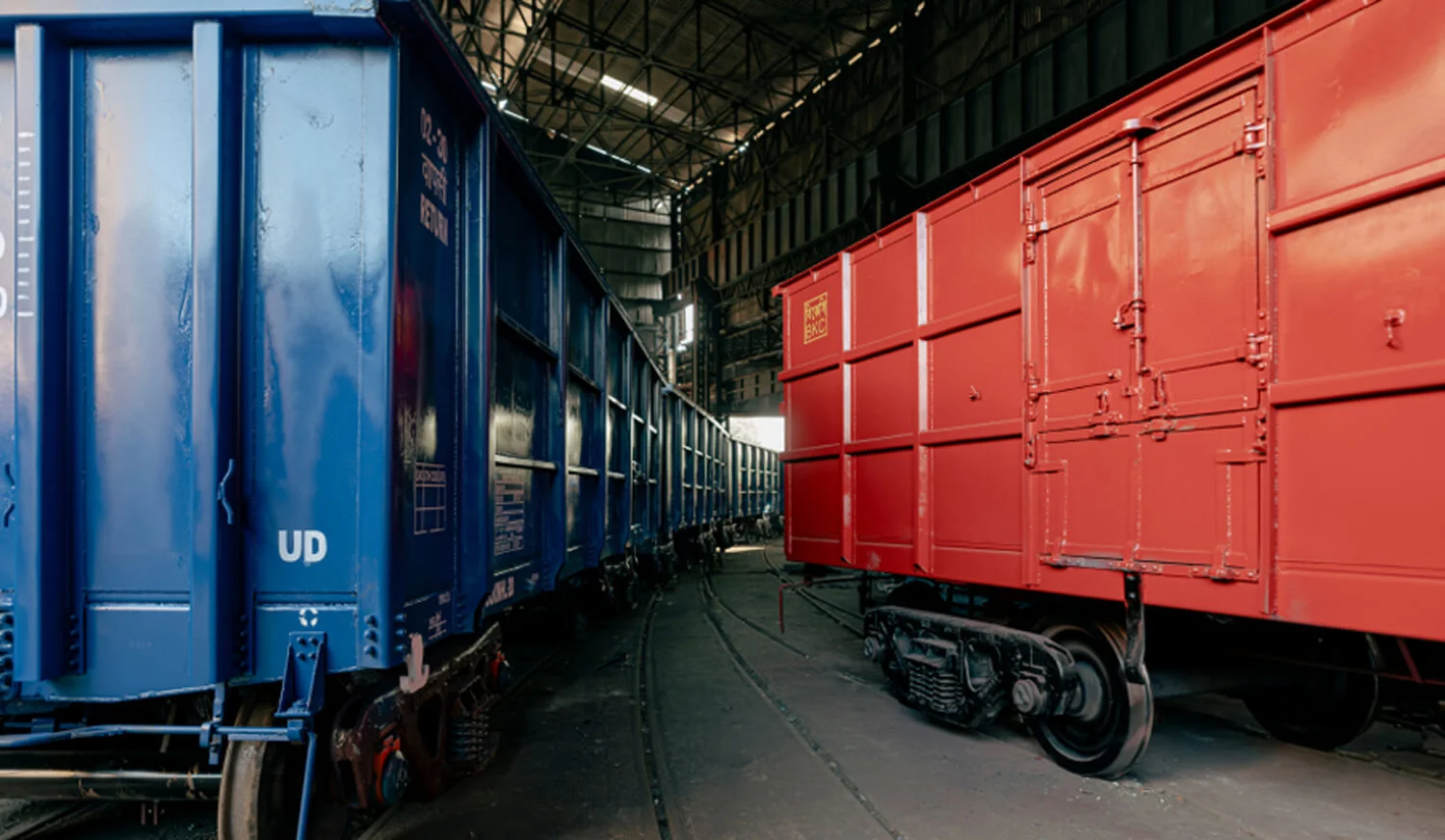Over time, HEIL has transformed into a pioneer in the heavy engineering sector, especially where manufacturing rolling stocks is concerned. Since 1988, HEIL has led the industry and continues to adapt to the current market demands with a focus on innovation, quality and customer satisfaction; with an unyielding focus on modern railway requirements. Currently, HEIL has constructed hundreds of freight car design modifications for the Indian Railways, from standard to customized designs. This blog aims to review and analyse the history, accomplishments and possible courses for the company HEIL in the domain of rolling stock.
The involvement of HEIL in the rolling stock business could be dated back as early as 1988. HEIL has also broadened its ability and usage of technologies over the years. Some of the products include the bogie, locomotive and freight cars such that each has specialised functions and demands in the rail industry. Innovation and flexibility are some of the defining characteristics of HEIL’s division as the company constantly experiments with new technologies and materials to increase effectiveness, sturdiness, and energy economy. Today, HEIL remains ahead in the production of new-generation, commodity-specific and high-payload freight cars.
These wagons are very common for hauling large volumes of resources such as coal or minerals. They are characterised by their large load-bearing capability and robust construction to allow for straightforward loading and unloading.
It is particularly developed for handling large quantities of physical commodities that can be unloaded by gravity like grains and coal. It is characterized by hopper-shaped bodies with discharge chutes for unloading on the trucks.
Important for transporting some types of fluids such as petroleum and chemicals. These wagons are generally designed to be leak-proof and built to be strong to ensure safety.
Designed for the carriage of massive and extensive loads, like machinery and automobiles. These wagons feature a flat-roofed bed for convenient and effective fixing of enormously large sizes.
Used to transport items that may require some shelter from the weather conditions like perishable goods. These wagons are without open backs and are furnished with doors for loading and unloading.
Designed to address specific goods. These wagons are meant to offer one-of-a-kind handling and storage services; which in turn makes them ideal for use in enhanced transport services as per the needs of the various industries.
HEIL’s major innovations are New Generation, Commodity-Specific, High Payload Freight Cars built with Stainless Steel as it has higher strength, corrosion proof and life than carbon steel. These are speciality cars that offer the maximum payload possible and are built for particular types of commodities; with high-precision work done through the use of modern production methods.
HEIL has established itself on the pillars of quality production and ingenuity, as well as constant enhancement and sustained dedication to acquiring, developing and perfecting new technology. All the freight cars are tested for their conditions and durability. They are produced under national standards as well as international ones. Another key strategy used at HEIL is to continuously go to customers and ask for feedback to know their experiences and areas that require change.
HEIL will continue to remain focused on the continuous enhancement of the quality of the products and services that the company offers as the dynamics of the railway industry change. Future initiatives include:
HEIL’s successful journey in rolling stock is a testament to its innovation, quality, and customer satisfaction. From its start in 1988 to its leadership in new-generation, Commodity-Specific, High Payload Freight Cars, HEIL has consistently pushed the boundaries of railway technology.



